Toyota has built a reputation that borders on bulletproof. Reliable, efficient, and built to last, these are the hallmarks of the brand. But here’s the thing: reliability doesn’t always equal satisfaction. For every Corolla that runs forever, there’s an owner quietly wishing their car sparked a bit more joy or delivered more than just dependability. If you’re on the verge of buying a Toyota, take a moment to explore these thirty reasons why you might later second-guess the decision.
Driving a Toyota Can Feel Boring
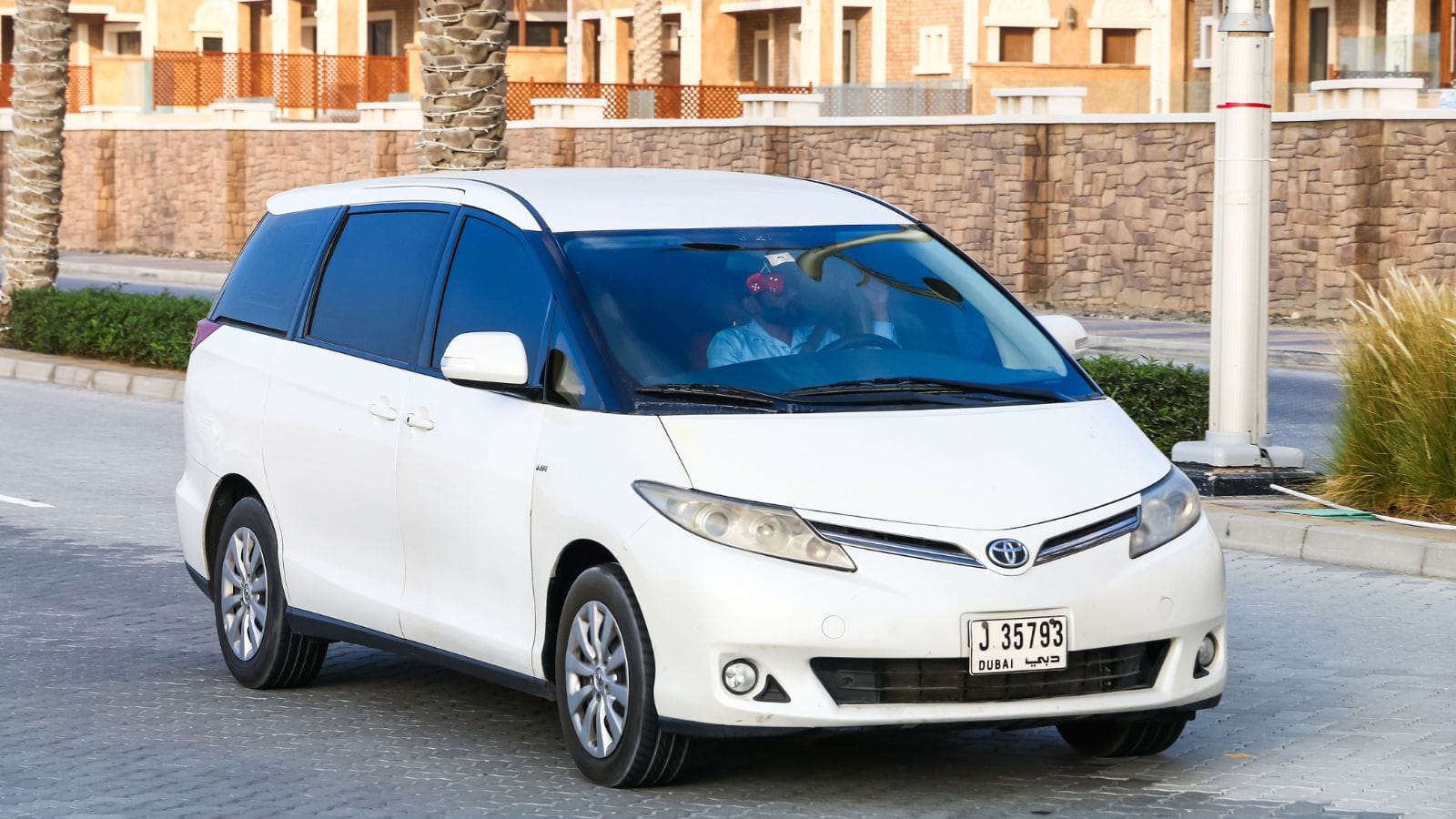
Toyota engineering favors predictability and comfort. But the side effect is often a numb driving experience. The steering is typically light, the throttle response subdued, and the ride tuned for isolation rather than involvement. For enthusiasts or anyone who enjoys spirited driving, the lifeless road feedback can make daily commutes feel robotic and uninspiring.
Interior Materials Can Feel Cheap
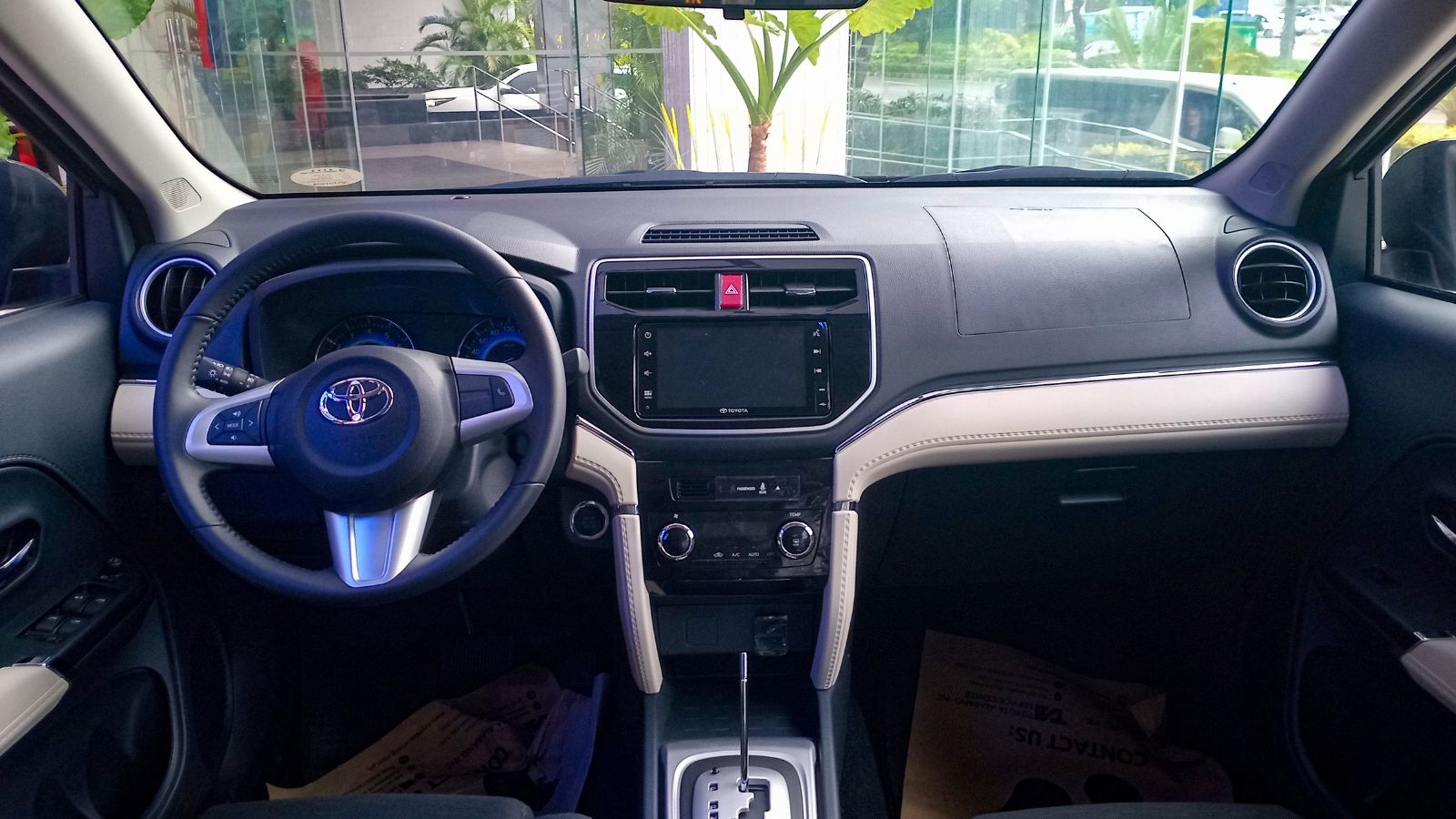
Even in higher trims, Toyotas can come across as underwhelming inside. Hard plastics are still prevalent, especially on dashboards and door panels. Compared to Mazda’s upscale cabin designs or Hyundai’s modern textures, Toyotas can feel cost-cut rather than cost-conscious. This can become especially noticeable over time, as rivals continue raising the bar in material quality.
Resale Value Isn’t Always a Win
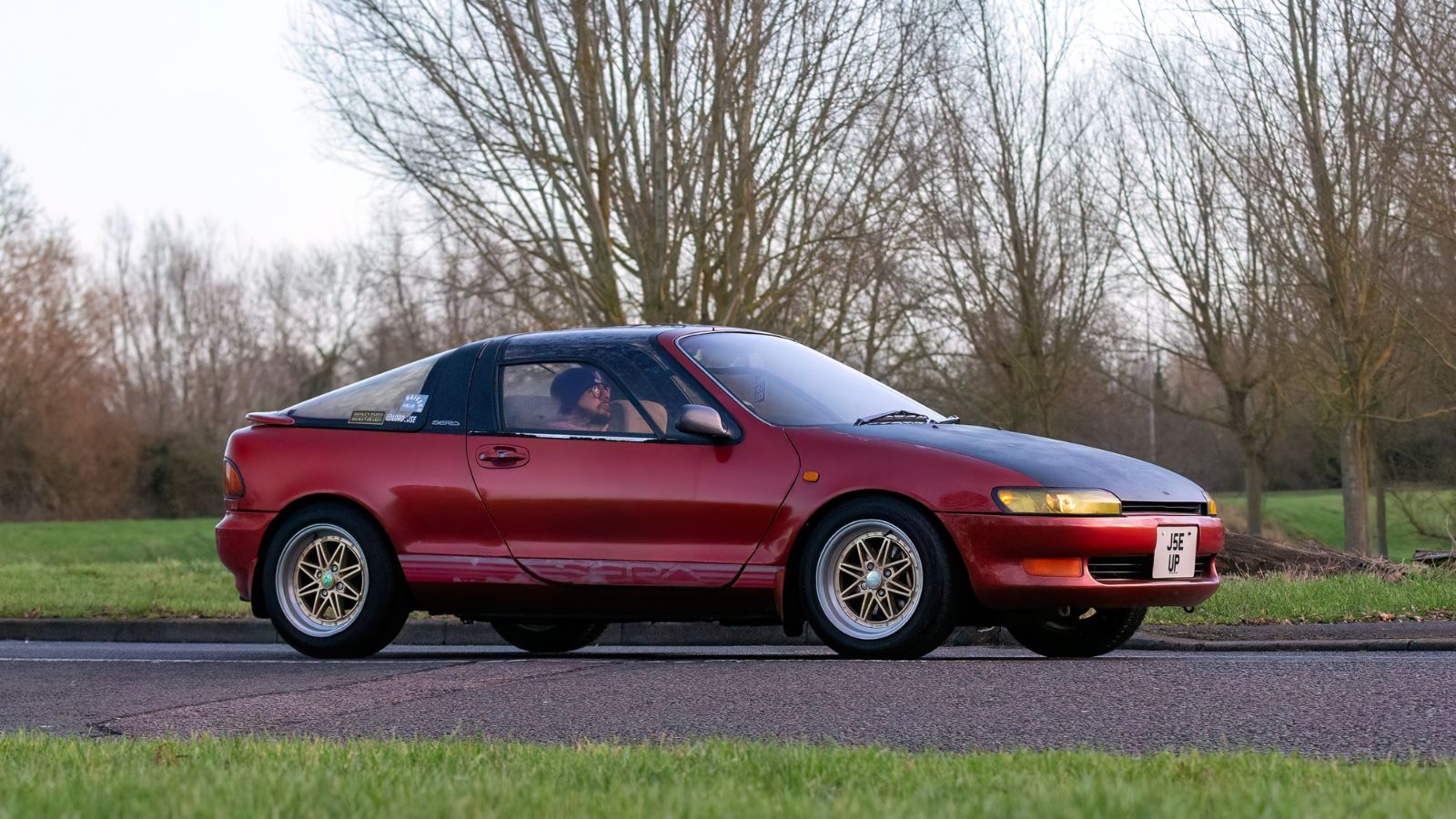
Sure, Toyotas hold their value — but that comes at a cost. You pay more up front, and if you decide to sell early, you may realize you didn’t extract enough driving joy to justify that premium. Depreciation is only one side of the ownership equation. If the car never truly excited you, even strong resale might feel like a shallow consolation.
Styling Is Safe to the Point of Bland
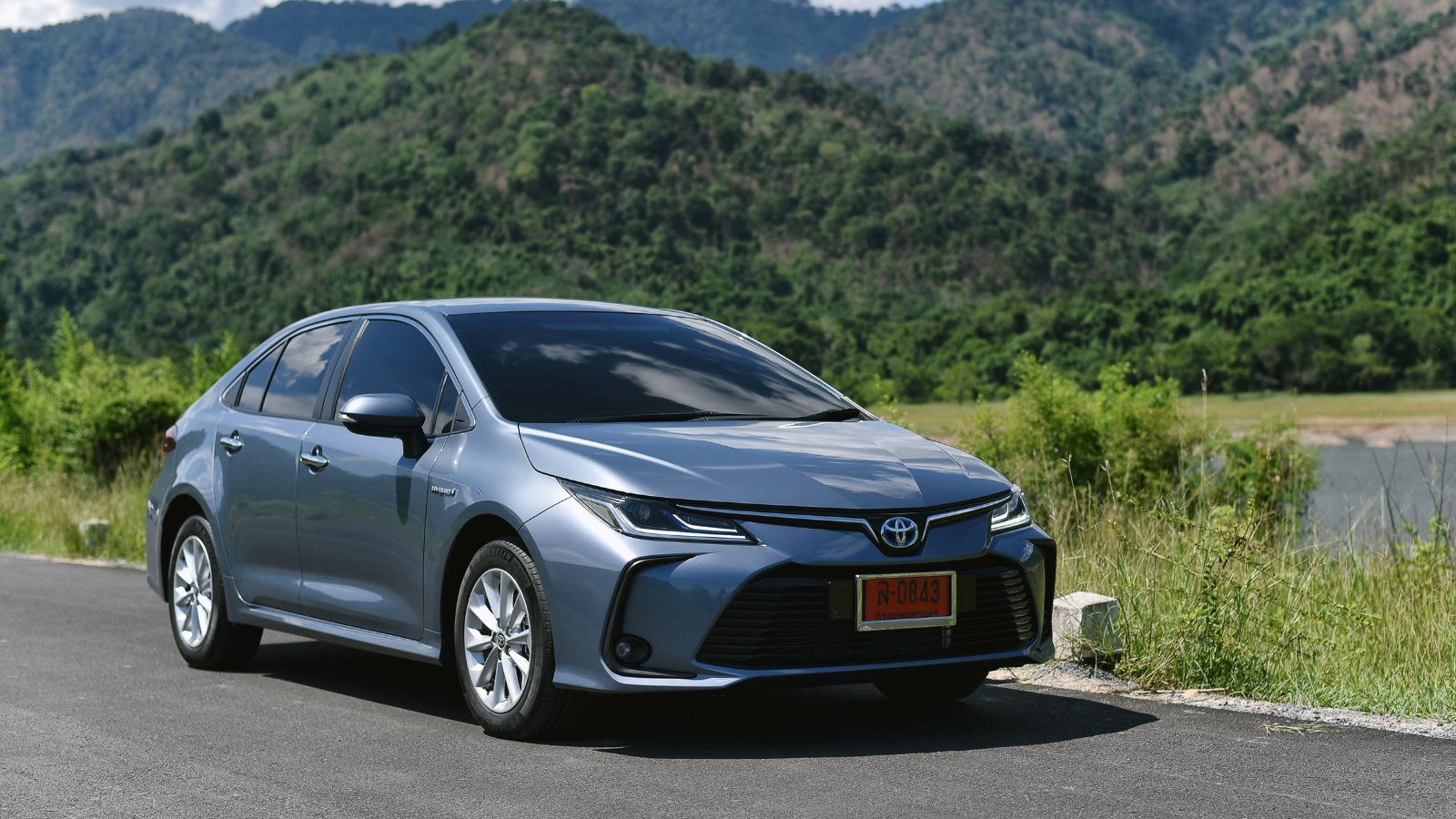
Toyota design has come a long way, but for the most part, it still plays things conservatively. There are exceptions like the GR Supra or bolder iterations of the Camry, but the average Toyota is styled to not offend rather than impress. If design and visual excitement matter, this “middle of the road” approach could leave you cold.
Engine Choices Are Limited
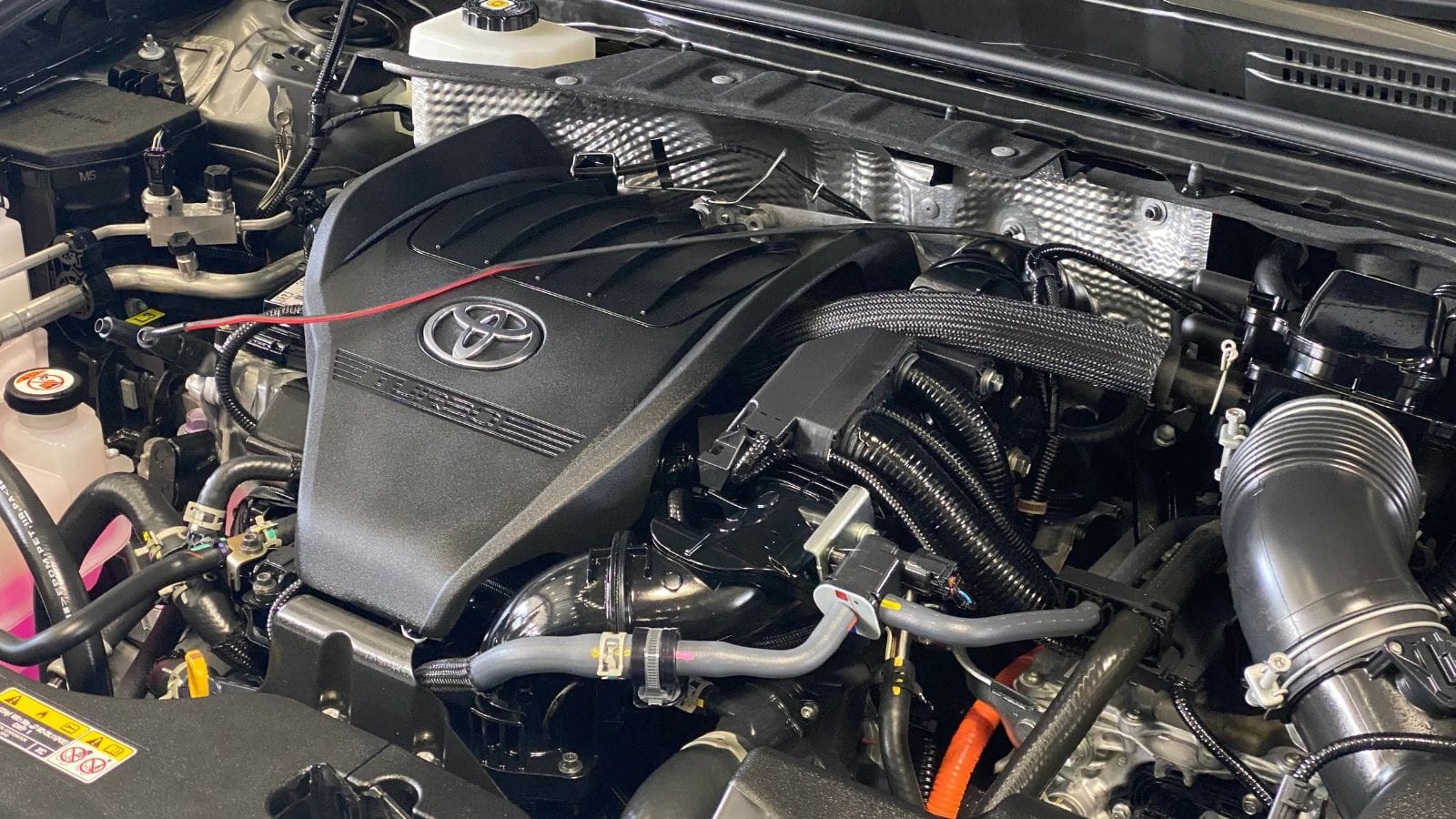
Toyota doesn’t typically offer a buffet of powertrain choices. Most models get one or two engine options, and performance-oriented versions are few and far between. This is especially frustrating if you’re looking to tailor your car to a specific use or driving style. You’re often forced to settle for what Toyota thinks is best for the masses.
CVTs Are Common and Not Enjoyable
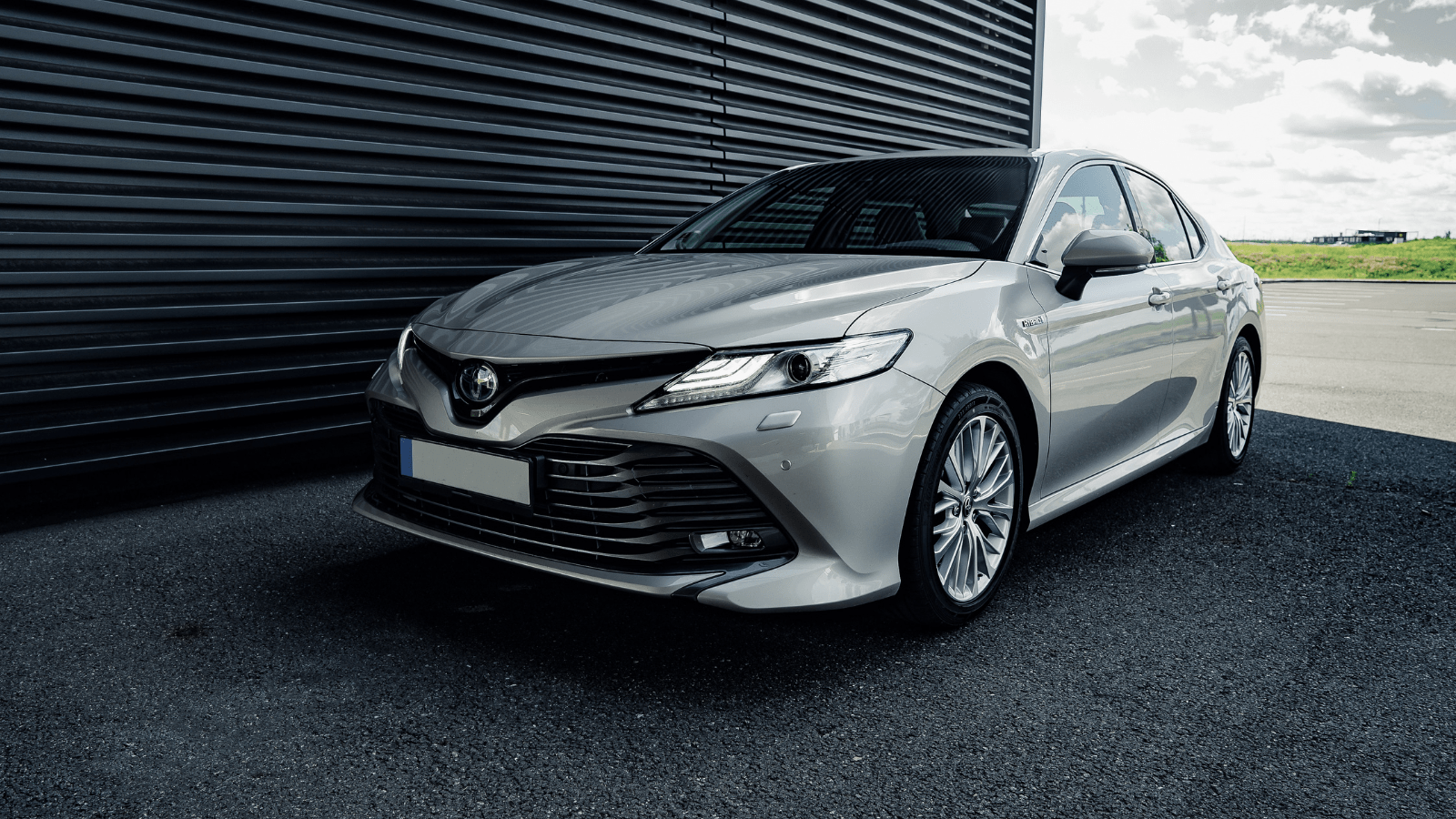
Continuously variable transmissions dominate Toyota’s lineup, particularly in sedans and compact crossovers. While good for fuel economy, they sap character from the driving experience. Acceleration feels elastic and droney. Enthusiasts and even casual drivers often prefer the crisp response of traditional automatics or dual-clutch units, neither of which are common in Toyotas.
The GR Line Is an Exception, Not the Rule
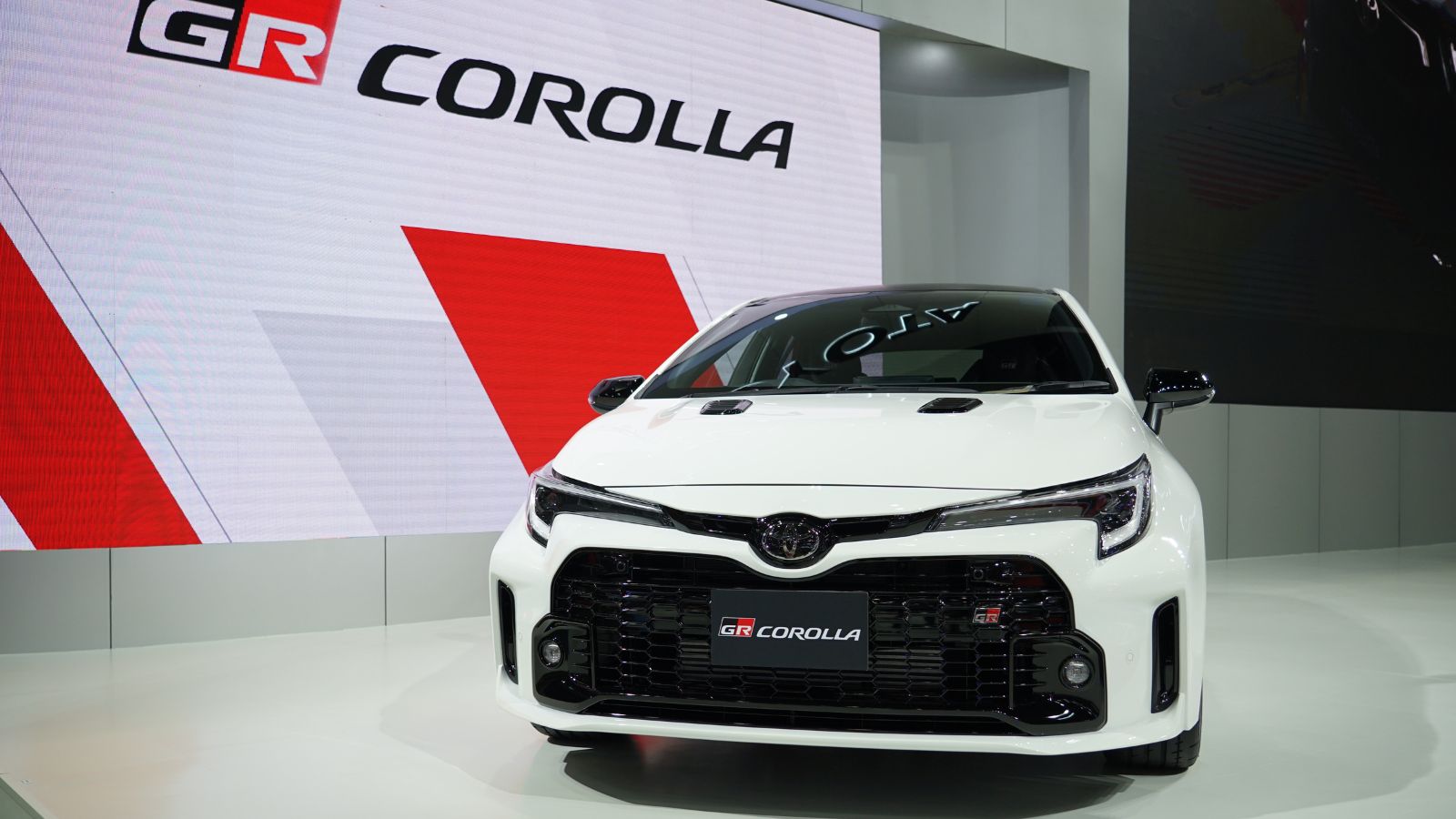
Yes, Toyota’s GR models, especially the GR Corolla and GR86, are absolute highlights. They show what the company can do when it decides to build fun cars. But they are niche exceptions. The majority of the Toyota lineup is still focused on calm, quiet, beige motoring. Don’t let the halo effect of GR trick you into thinking the whole lineup is thrilling.
Tech Features Can Feel Behind the Times
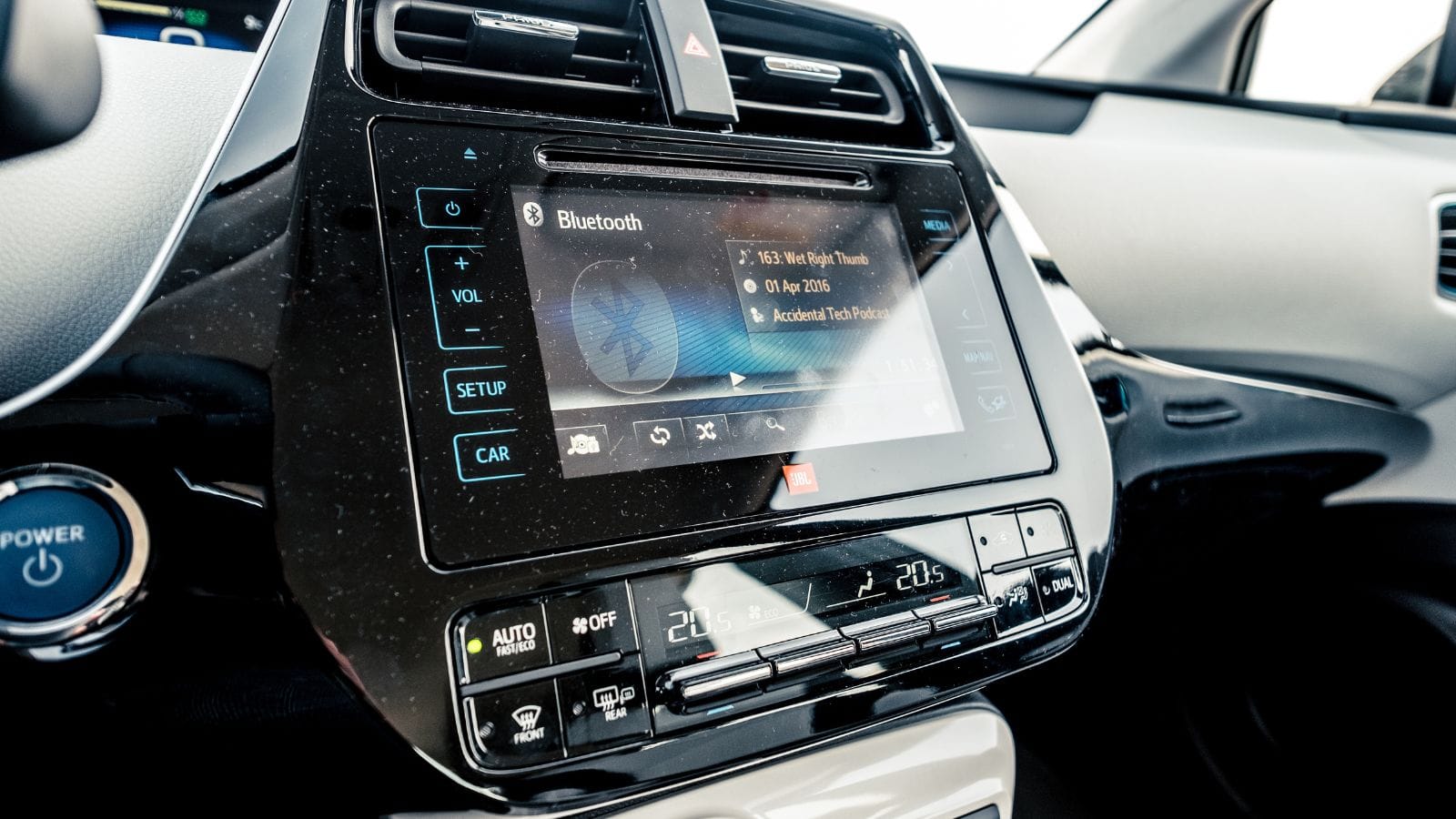
Toyota has historically lagged in infotainment and interface design. Touchscreens have been small, graphics outdated, and user interfaces unintuitive. While recent models are catching up, you’ll still find awkward menu layouts, sluggish response times, and awkward smartphone integration in many trims. It’s a frustration you’ll notice every day.
Interior Space Can Be Tight
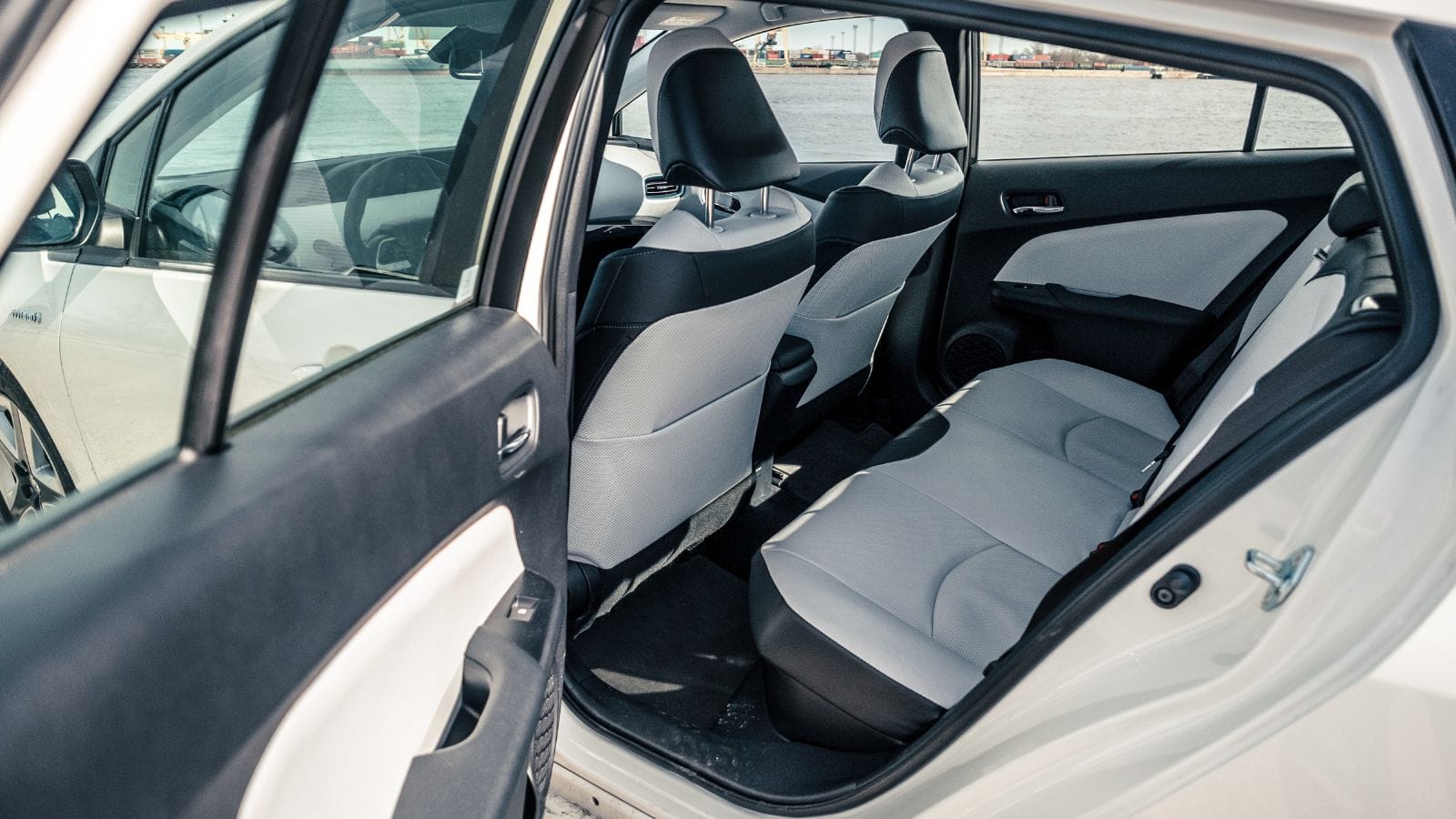
Despite external dimensions that suggest otherwise, rear seat space can feel stingy in certain Toyota sedans and hatchbacks. Models like the Corolla or Prius don’t offer generous legroom compared to some Korean or American rivals. If you’re regularly hauling adults or growing teens in the back, that cramped feel can become a recurring complaint.
All Wheel Drive Isn’t Widely Available
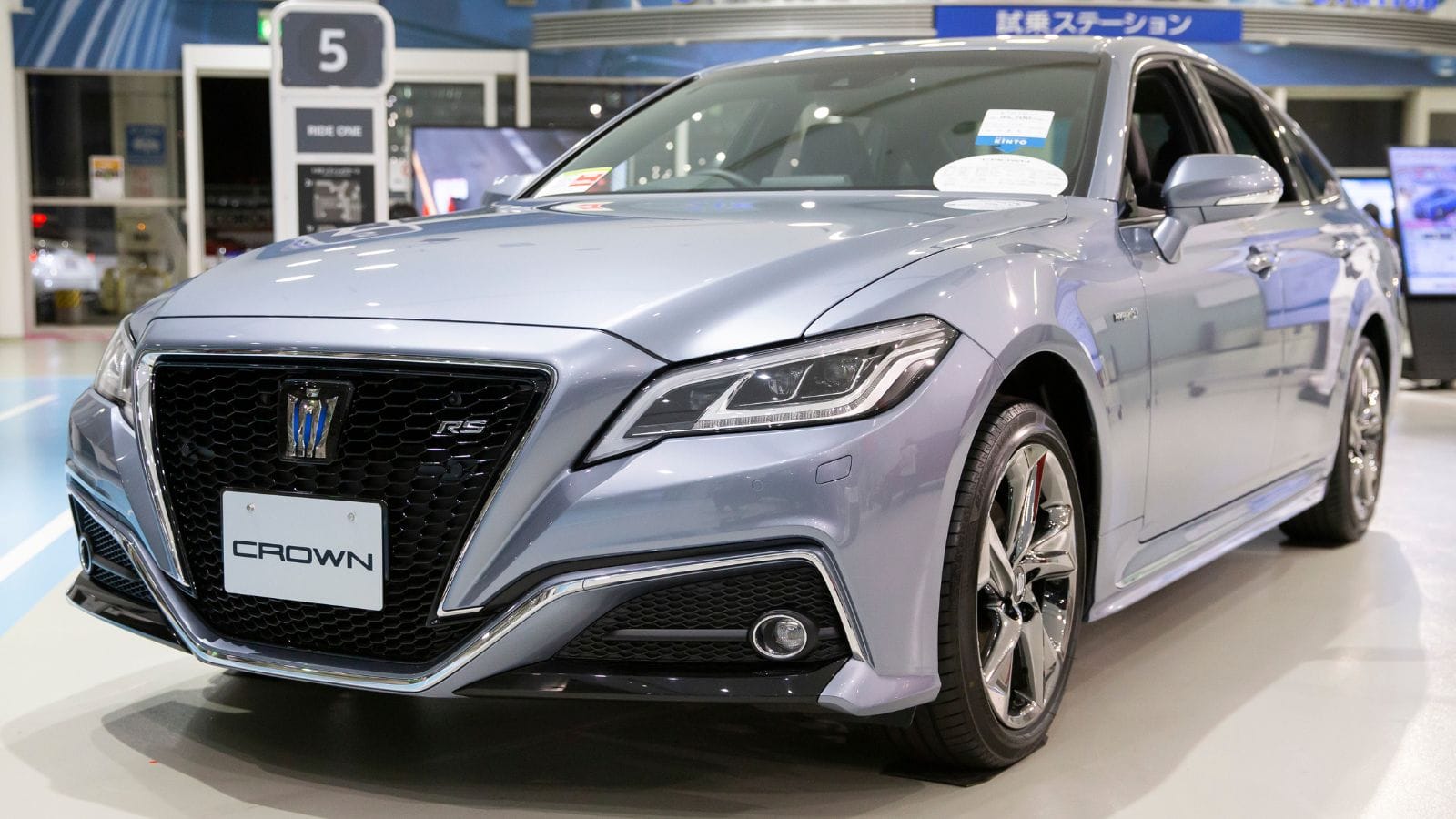
Unless you’re buying a truck or a specific SUV trim, all wheel drive is often absent or requires a costly upgrade. This puts Toyota behind brands like Subaru, which offer standard AWD across most of the range. In snowy climates, this lack of availability can be a dealbreaker.
Ride Quality Can Be Harsh in Some Models
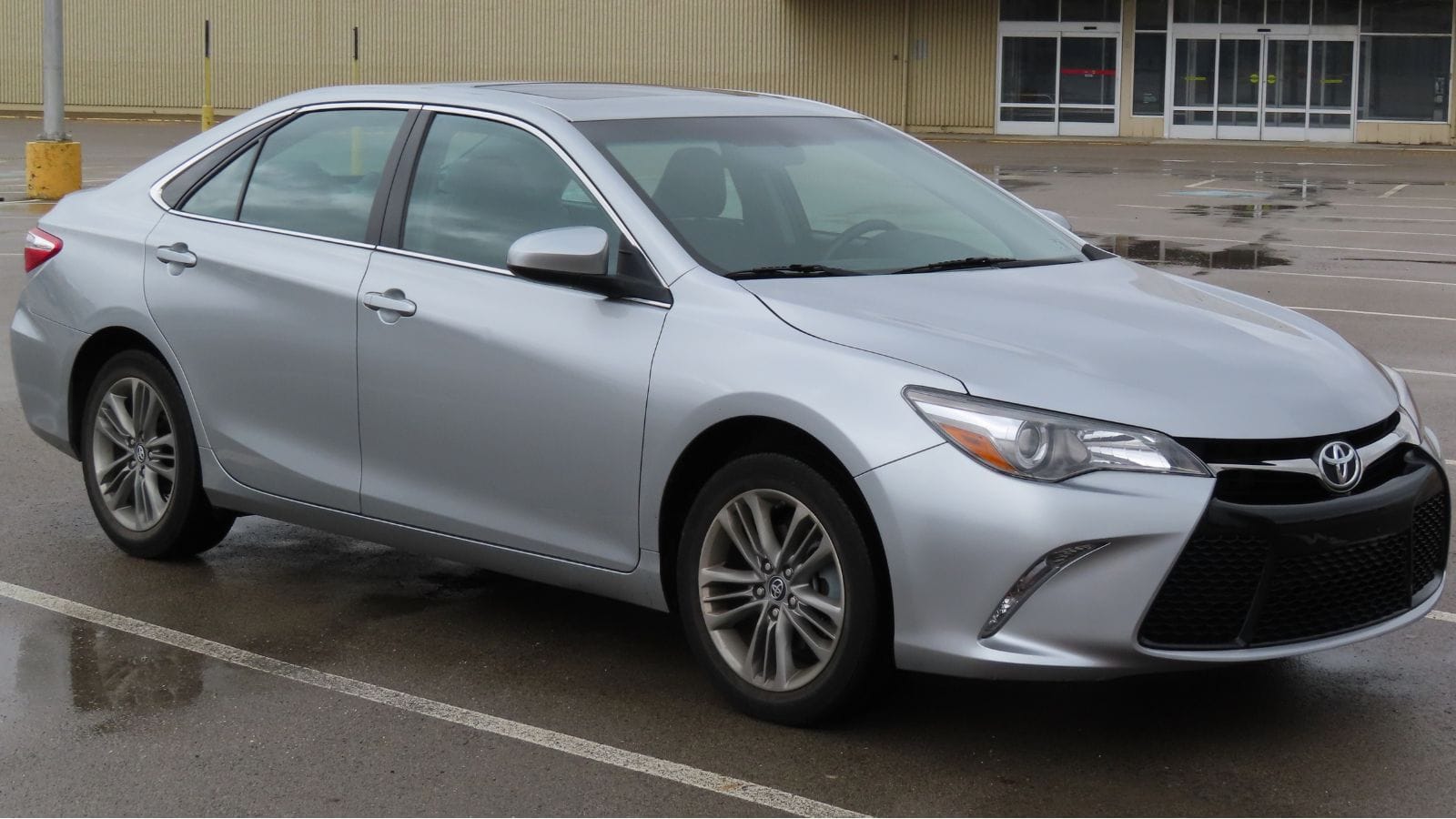
Not all Toyotas float over bumps. Sporty trims like the Camry SE or RAV4 XSE trade plushness for stiffness, but don’t quite deliver the precision to justify it. This can result in a ride that feels jarring without the rewarding handling that usually makes such a compromise worthwhile.
Dealer Experience Is Inconsistent
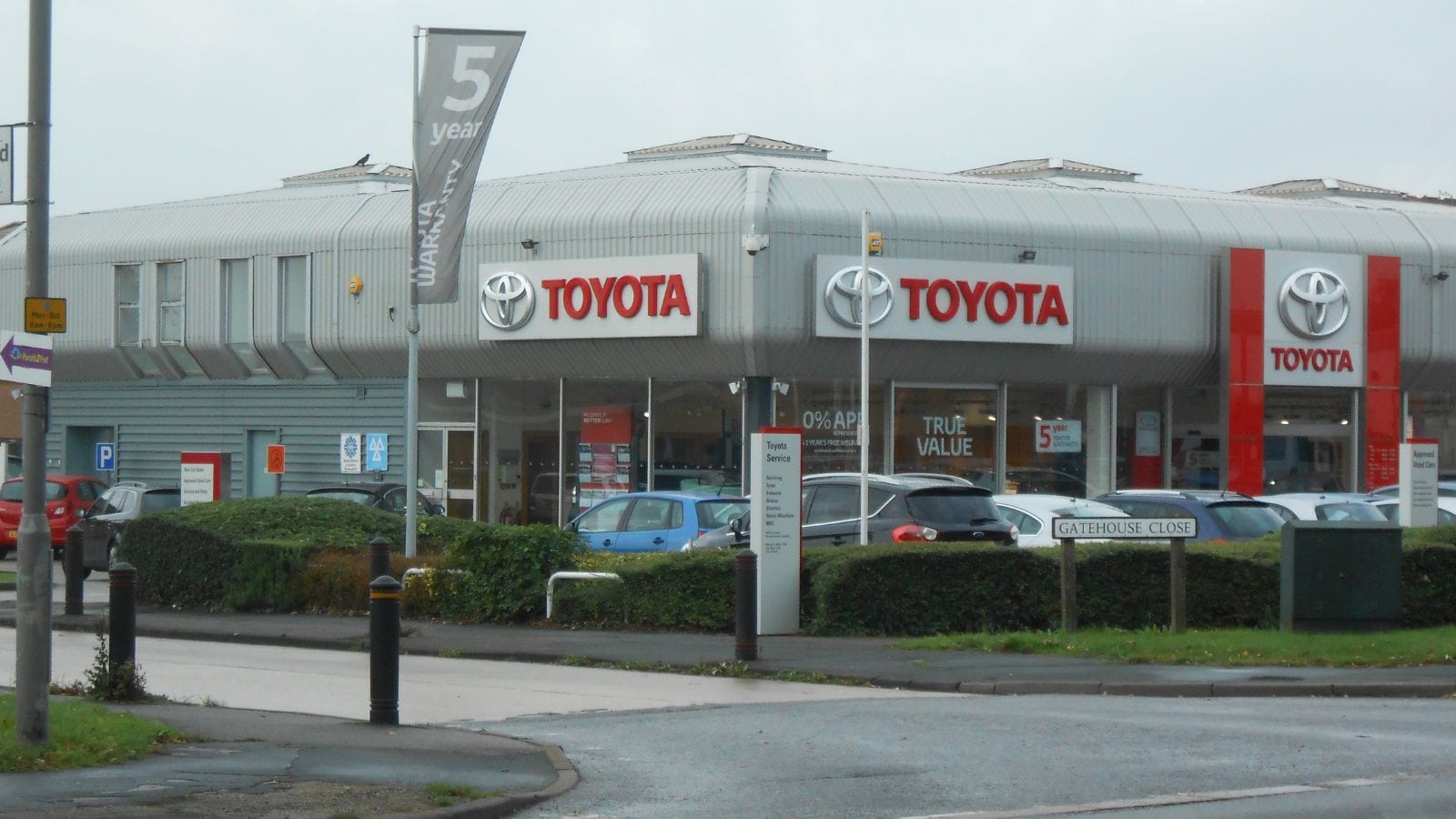
Toyota dealerships are a mixed bag. Some offer excellent service and honest pricing, but others focus on pushing volume and upsells. From surprise dealer markups to long wait times for service, your experience may not match Toyota’s reputation for quality.
Hybrid Models Can Be Pricey
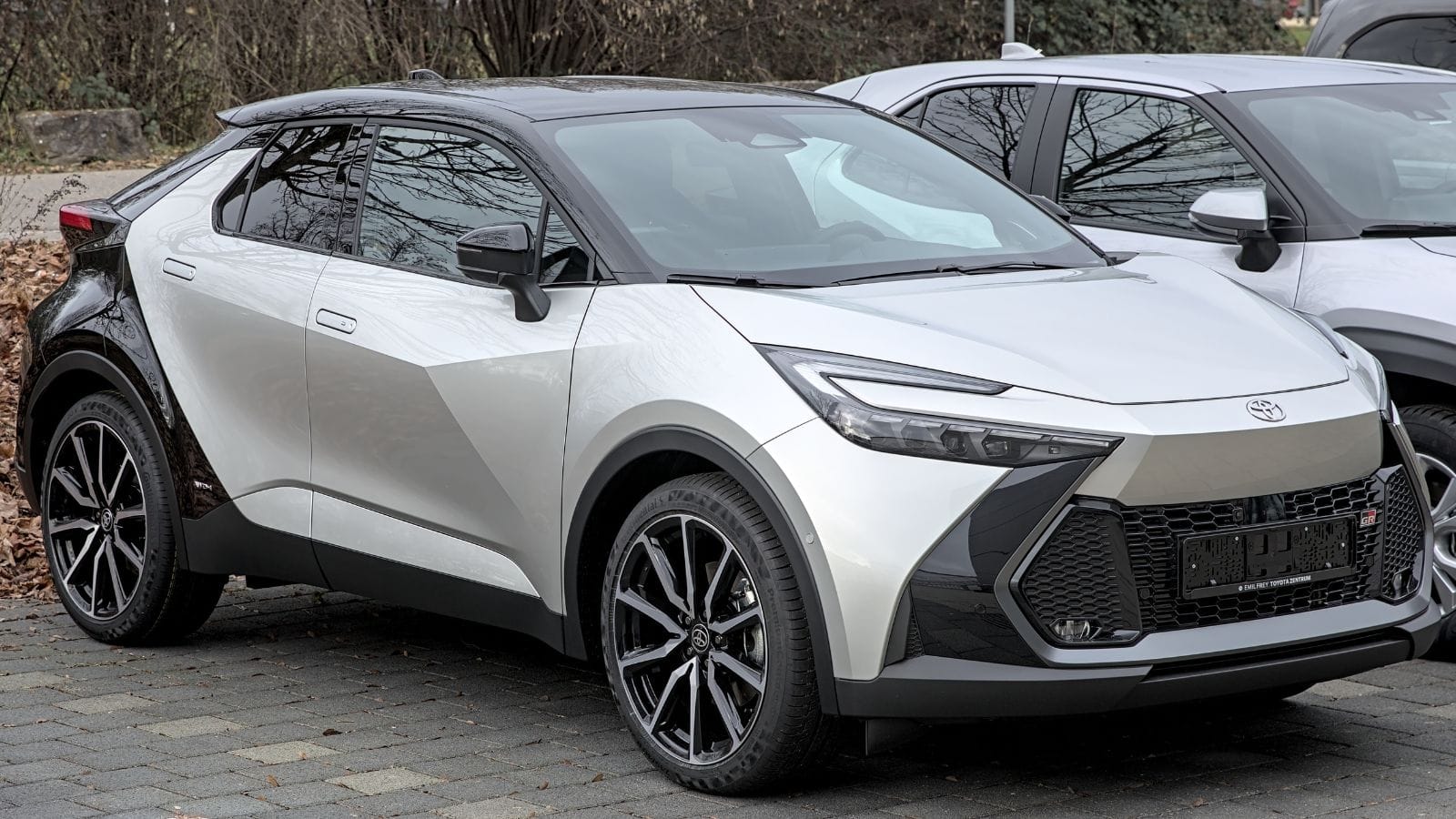
Toyota pioneered the hybrid segment with the Prius, but their hybrid trims often command a steep premium over gas-only versions. If fuel prices are low or you don’t rack up high mileage, it can take years to break even. The financial payoff isn’t always as immediate as the brochures suggest.
Towing Capability Is Limited
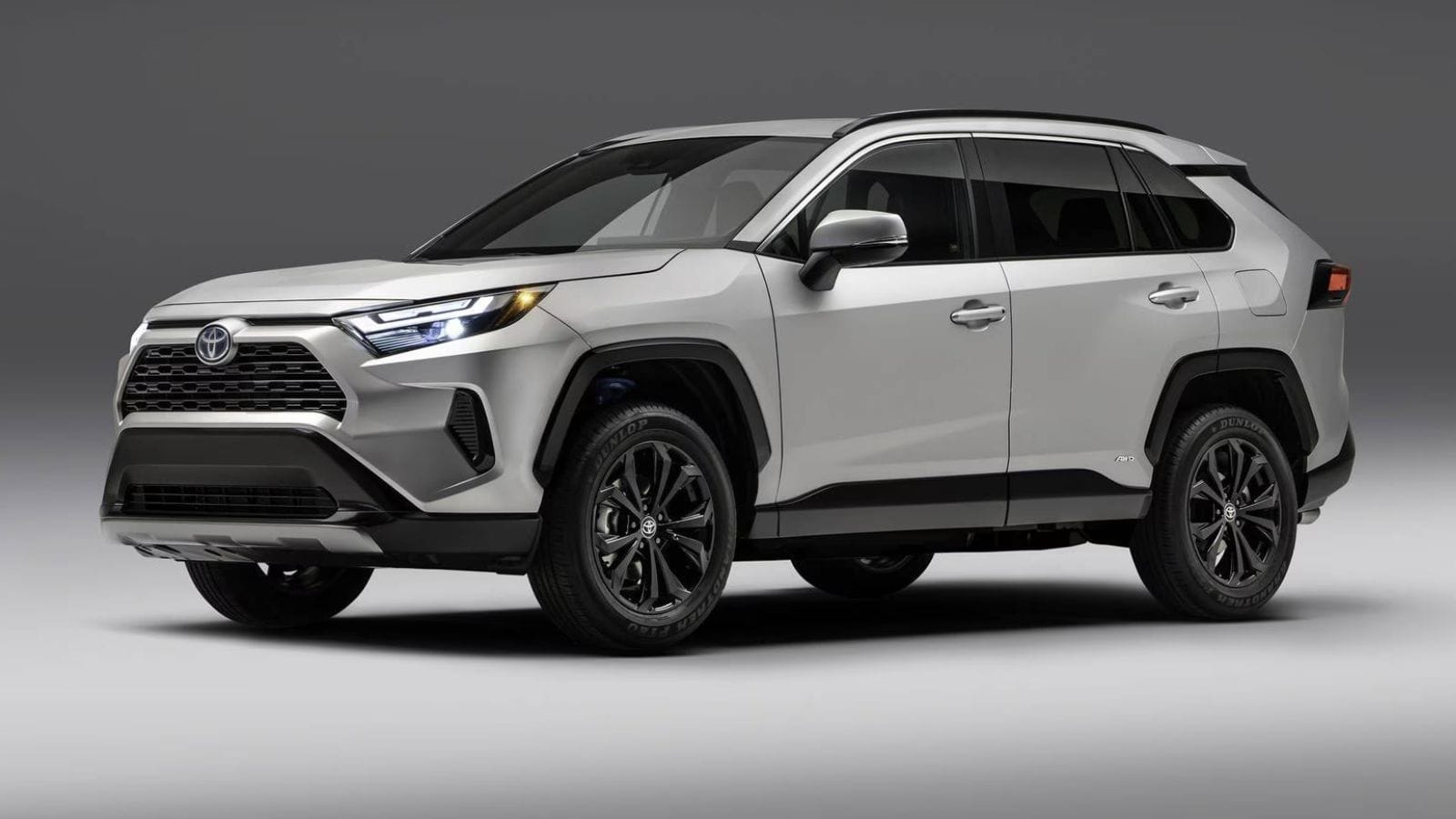
If towing is in your plans, only a handful of Toyotas will suit your needs. Outside the Tacoma, Tundra, and full-size SUVs, most models lack meaningful pulling power. Even the RAV4 Hybrid, despite its torque, is limited in its towing capacity. Rivals like the Ford Escape or Jeep Cherokee often outmatch Toyota in this area.
Performance Is Rarely a Priority

Most Toyotas are not about 0 to 60 times, sharp handling, or driving thrills. They’re engineered for comfort, not cornering. For some, that’s fine. But if you enjoy a car that engages you or challenges you on a twisty road, a mainstream Toyota might not scratch that itch.
Few Customization Options

Toyota trim levels come prepackaged with little room to customize. You can’t mix and match features easily, and options are often tied to pricey bundles. Want a sunroof and upgraded stereo? You might be forced into a top-tier trim with unnecessary extras.
They Attract Theft
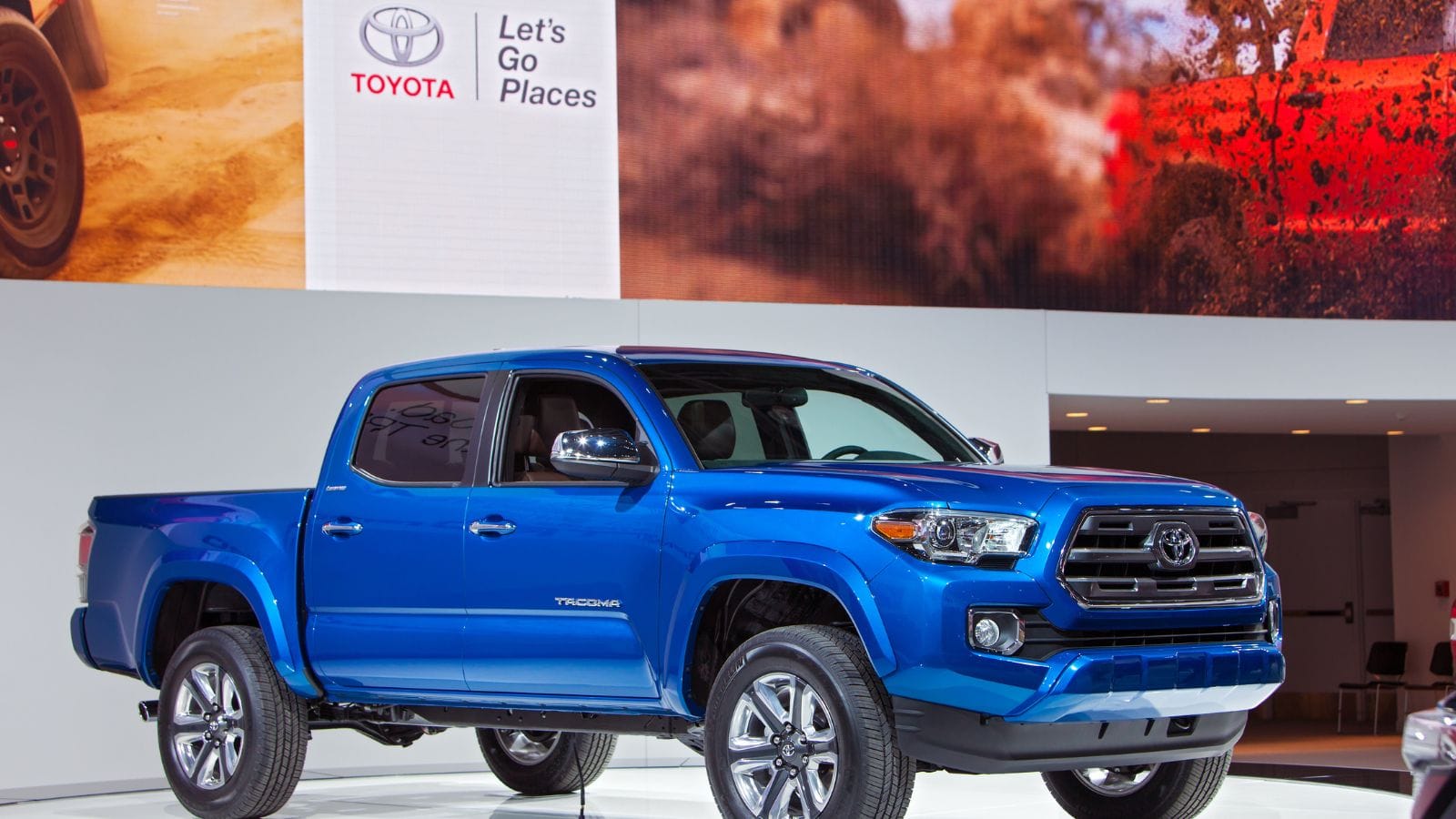
Thieves frequently target popular models like the Corolla, Camry, and Tacoma. Their ubiquity makes them attractive for parts or resale on the black market. While Toyota has improved security tech, you’ll still want to consider extra precautions if theft is common in your area.
Parts Sharing Means Less Uniqueness
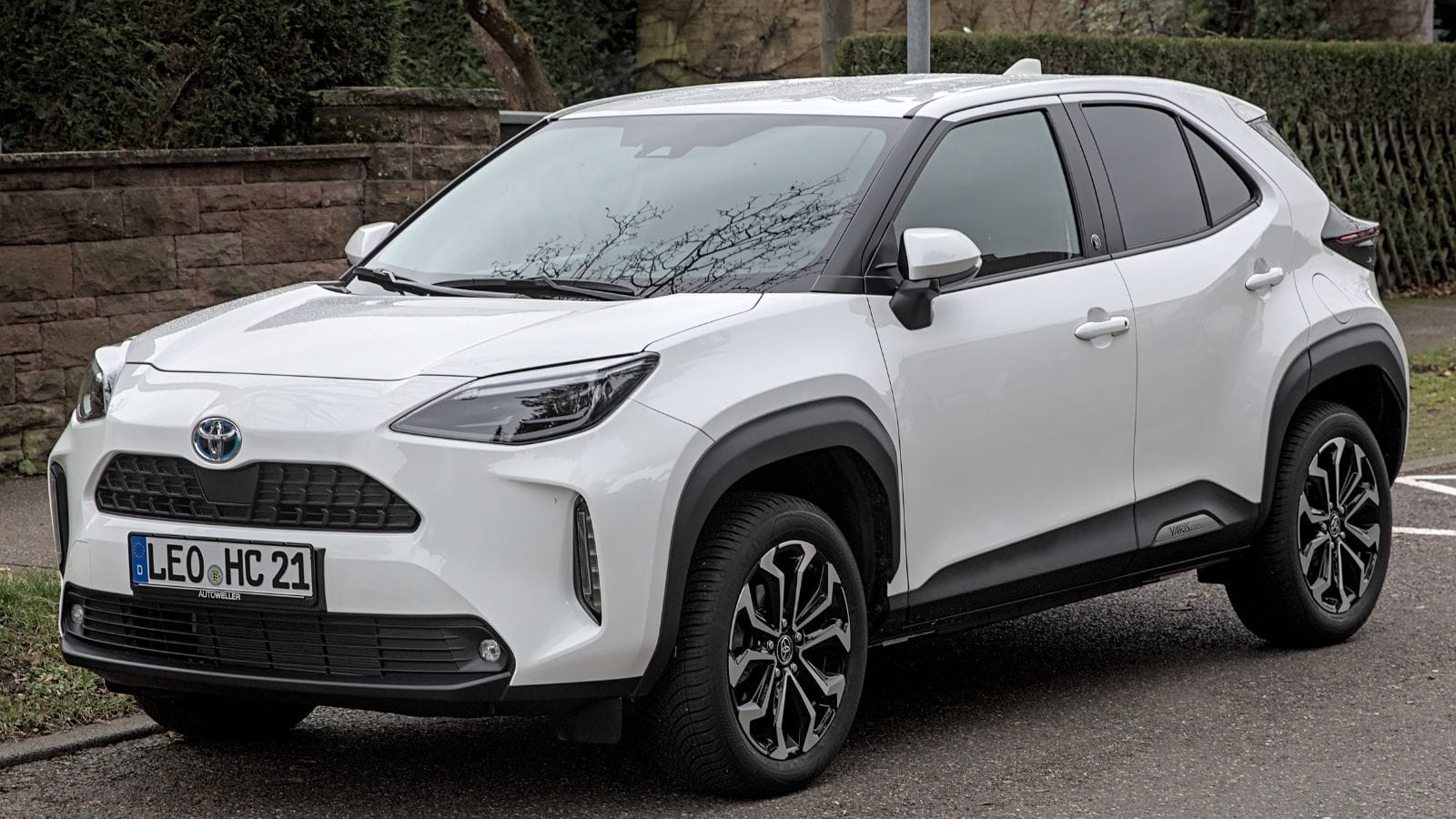
Toyota uses a modular strategy across its lineup, sharing components and platforms to cut costs. While smart from a manufacturing perspective, it means that many Toyotas drive, feel, and even sound similar. If uniqueness matters to you, that homogenized feel could be disappointing.
Not All Toyotas Are Built in Japan

Many buyers assume Japanese-built quality is a given. But Toyotas for the U.S. market are often assembled in the U.S., Canada, or Mexico. While build quality can still be excellent, the emotional connection to “Japanese engineering” may feel diluted for some purists.
You May Outgrow It
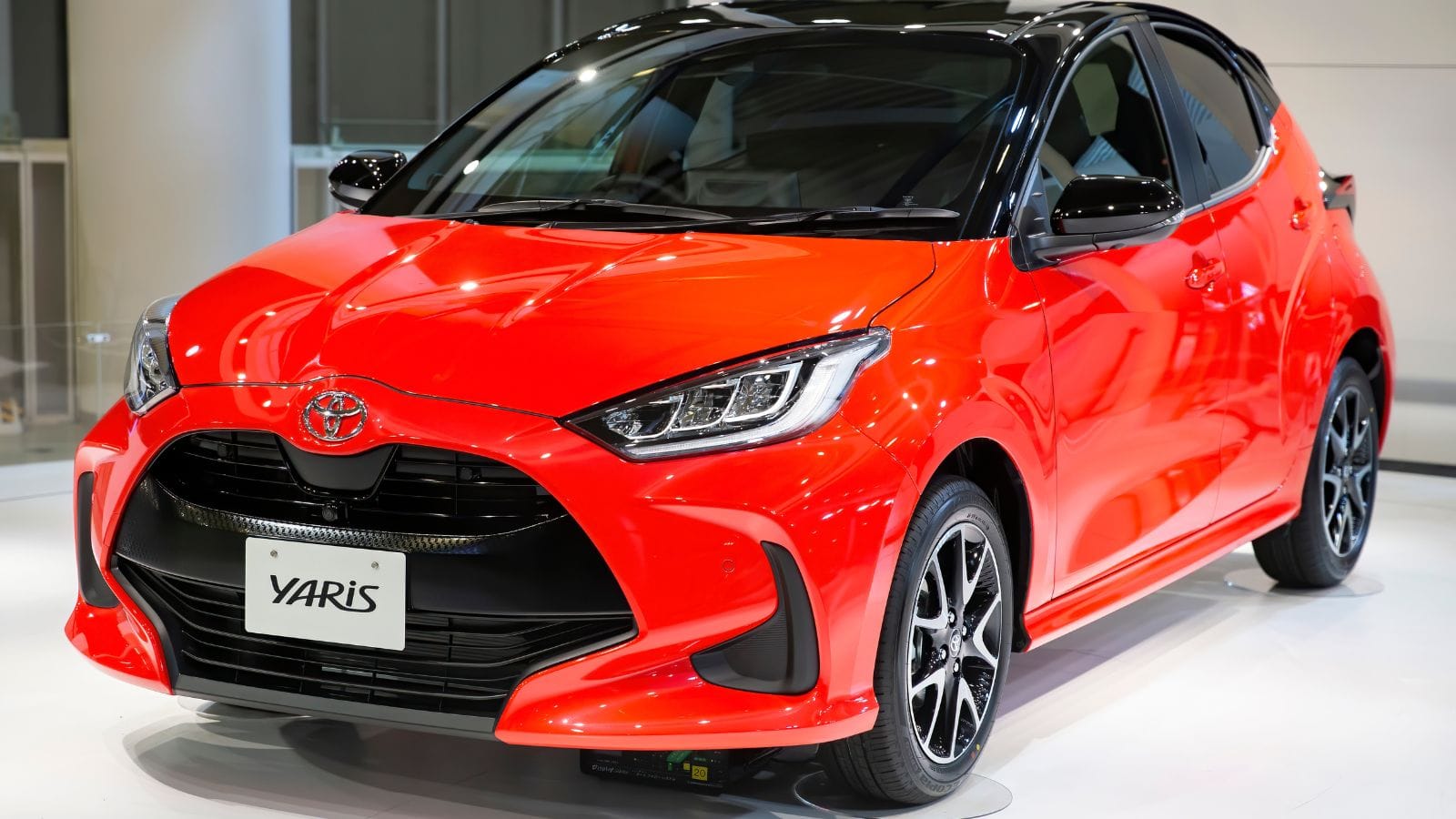
At the time of purchase, a Toyota might feel like the smart, safe choice. But down the line, you may find it never made your heart race. That lack of emotional connection can lead to lingering regret, especially when you test drive something with a bit more character.
Conservative Safety Features Rollout
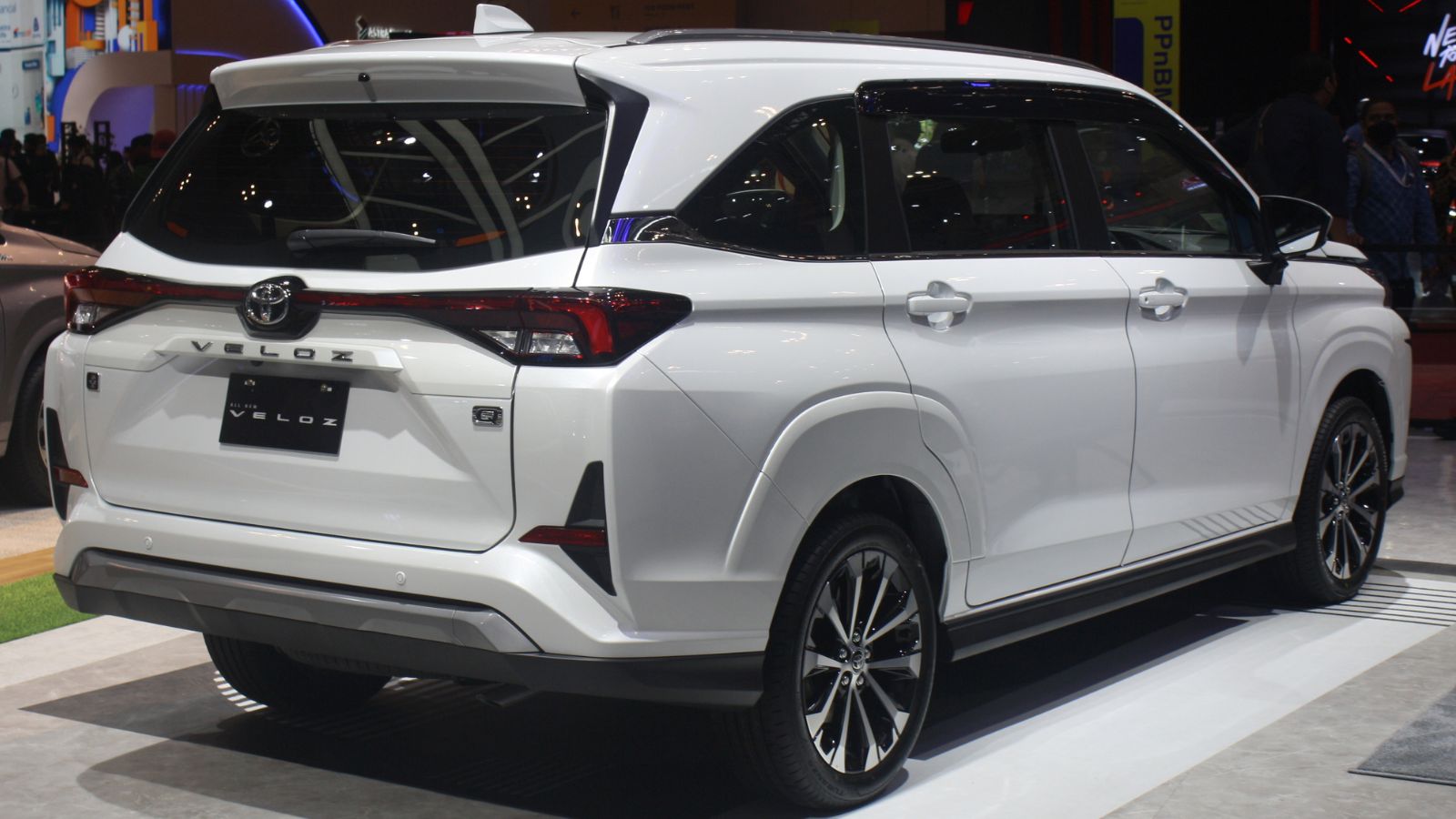
Toyota includes standard safety features like lane assist and adaptive cruise, but has been slow to adopt cutting-edge tech. Other brands have already moved into AI-assisted parking, 360-degree cameras, and hands-free driving on highways. Toyota tends to wait until these are mainstream before offering them.
Base Models Feel Stripped Out
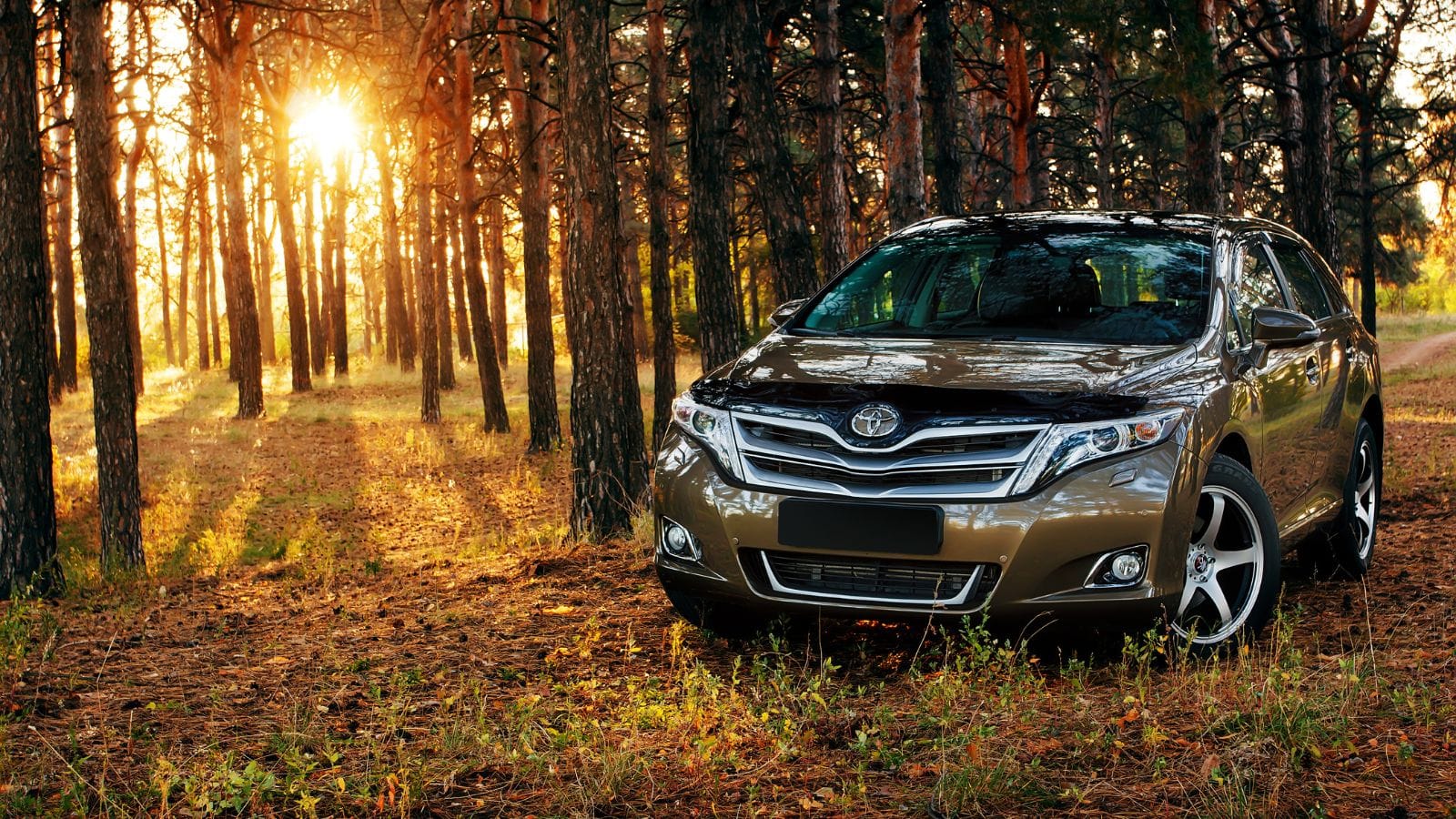
Entry-level Toyotas can feel spartan. Small screens, no smart key, basic stereo, and plain cloth seats make some models feel decades behind rivals. You’re often forced to upgrade to enjoy the features many competitors offer as standard, which undercuts Toyota’s value proposition.
No True Full Size Luxury Option
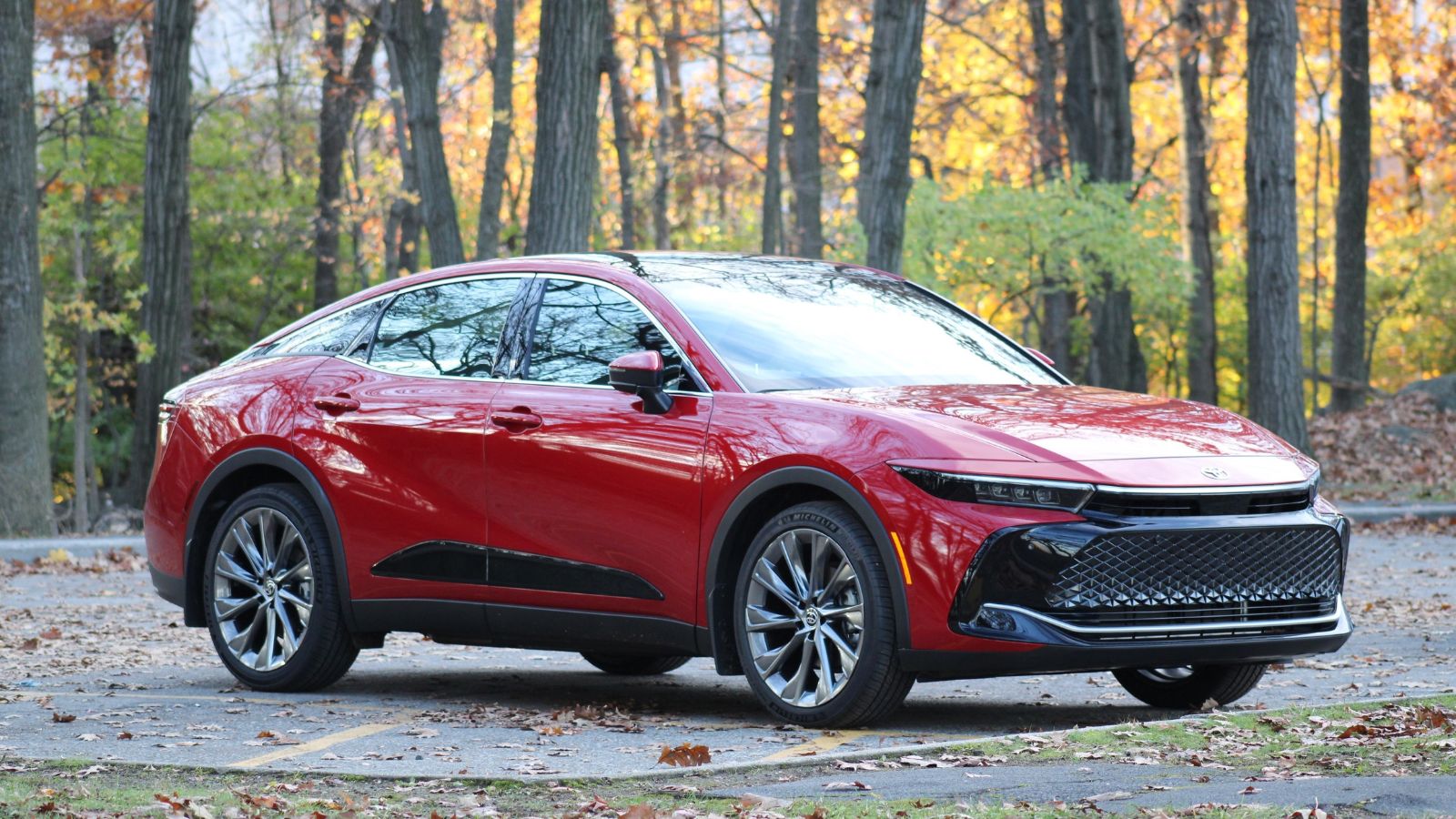
Toyota’s flagship sedans, like the Avalon, are gone. The Crown attempts to fill the void but doesn’t quite hit the mark. If you want full-size comfort and tech without stepping into a Lexus, Toyota leaves you without a proper option.
EV Options Are Still Limited
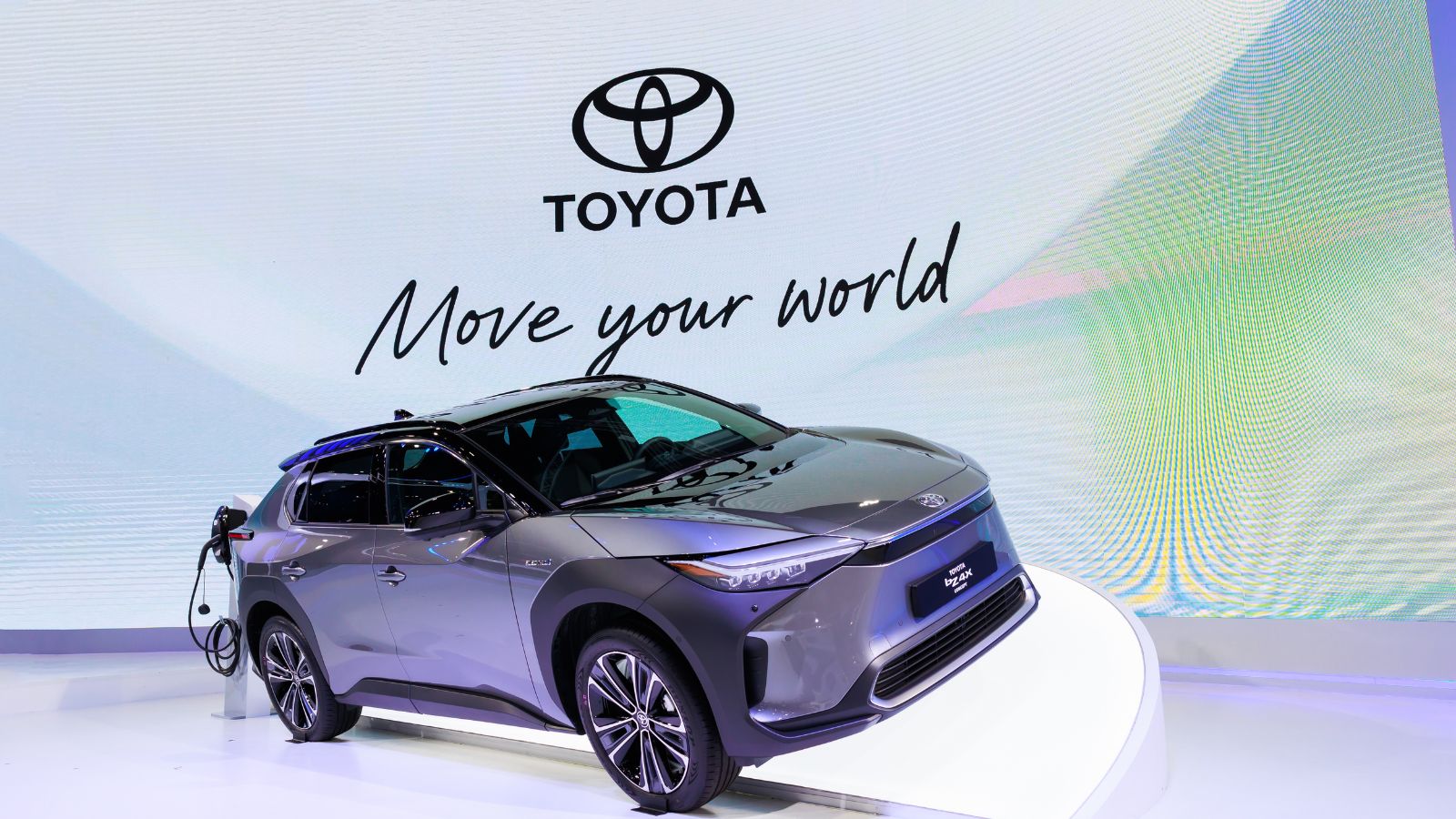
Toyota has lagged in the electric vehicle race. While competitors offer an expanding range of EVs, Toyota’s all-electric presence is minimal. The bZ4X, awkward name aside, has underwhelmed with poor range, limited availability, and a confusing identity.
Some Models Are Surprisingly Expensive
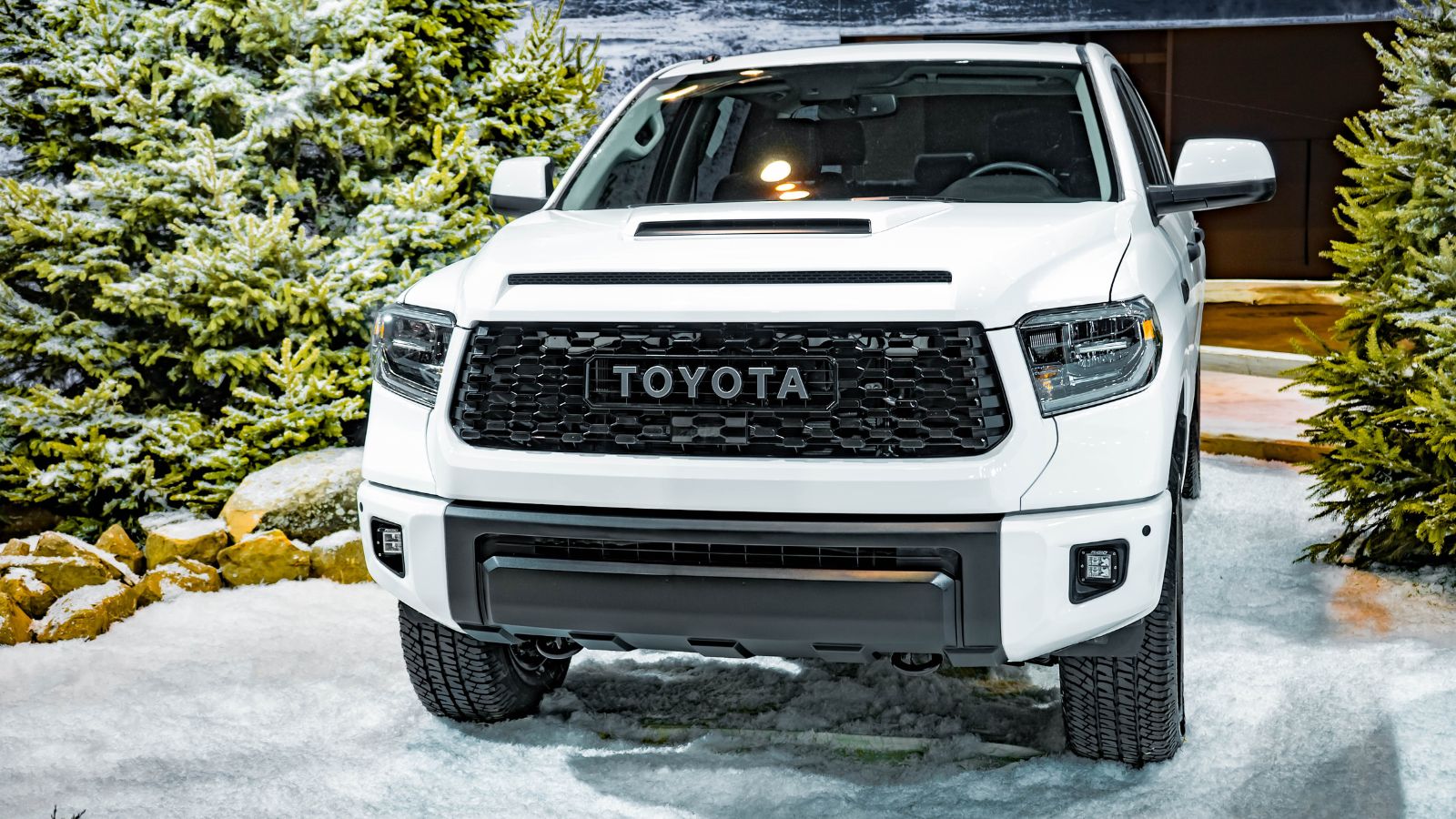
Start adding options or stepping into TRD trims, and you might be shocked at the price tag. What began as a modest $30,000 SUV can balloon to over $50,000 without truly feeling premium. That sticker shock is real.
Old Platforms Still in Use
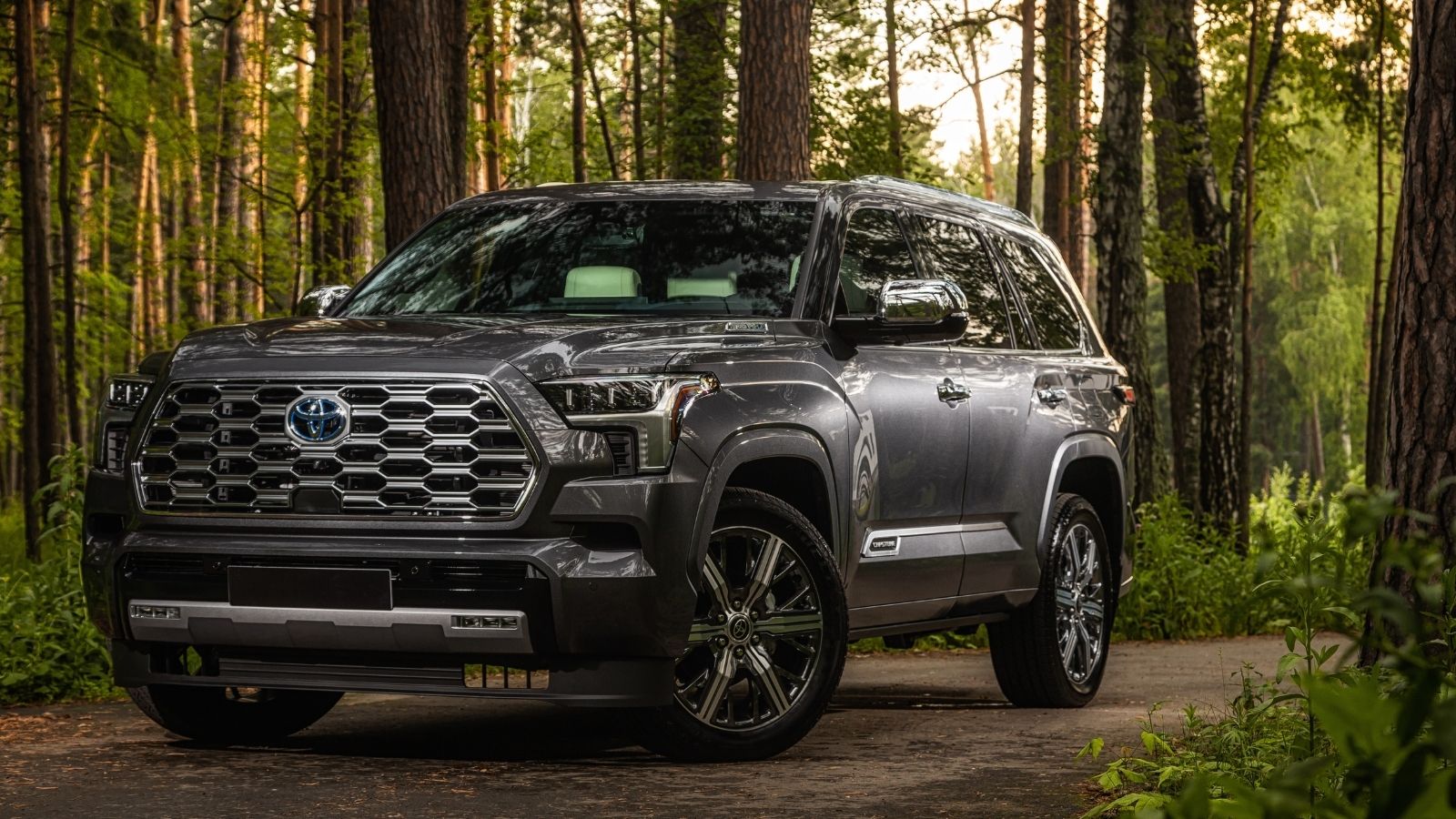
Vehicles like the 4Runner and Sequoia are still based on old platforms. While charmingly rugged to some, they feel dated in ride, tech, and efficiency. Other brands have modernized while Toyota drags its feet with long product cycles.
Navigation and Infotainment Locked Behind Paywalls
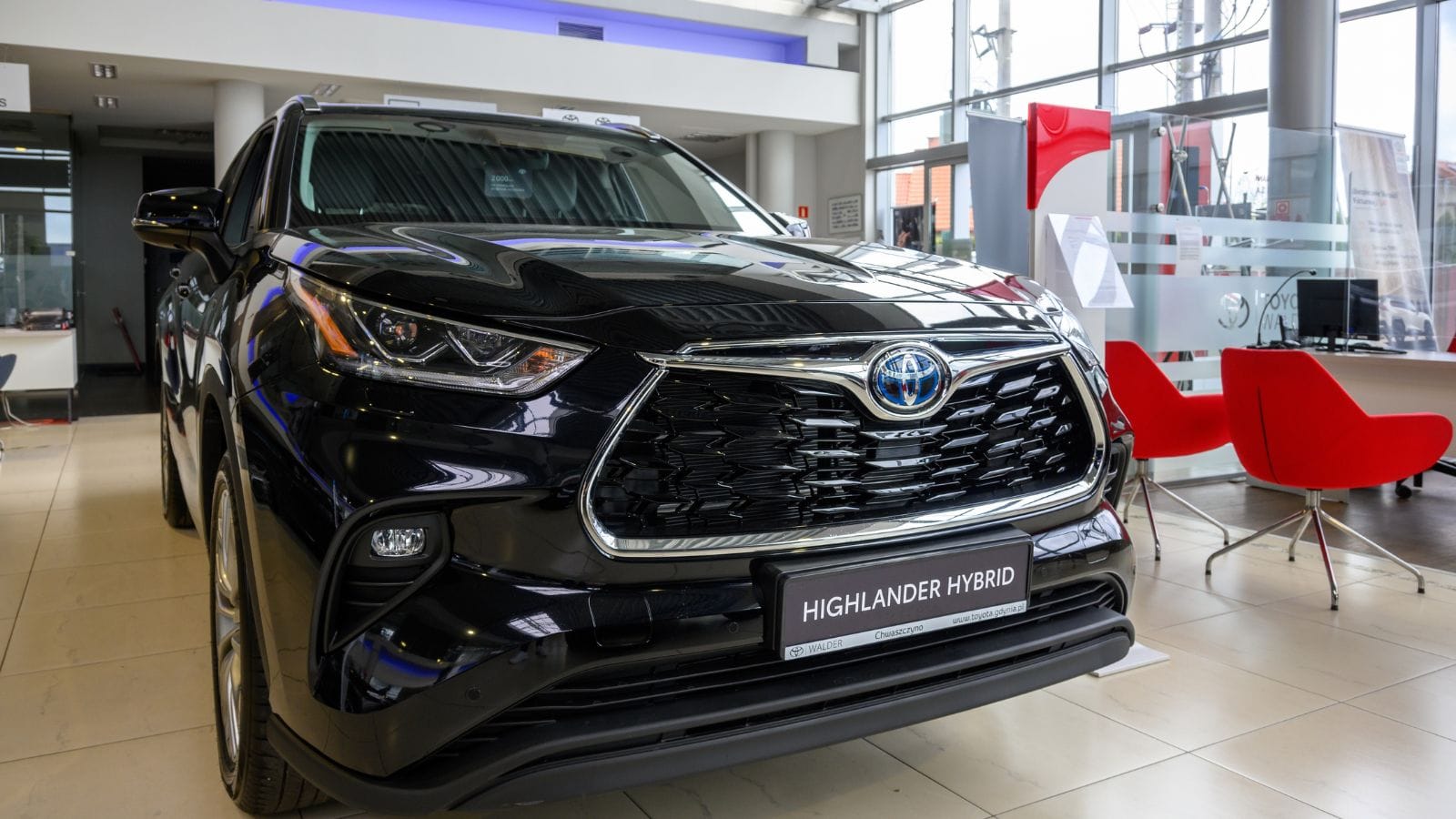
Toyota has followed the industry trend of pushing subscriptions. Remote start, cloud navigation, and even voice commands can require monthly fees. It feels like paying for features that should be baked in, especially in higher trims.
Paint Quality Can Be Questionable
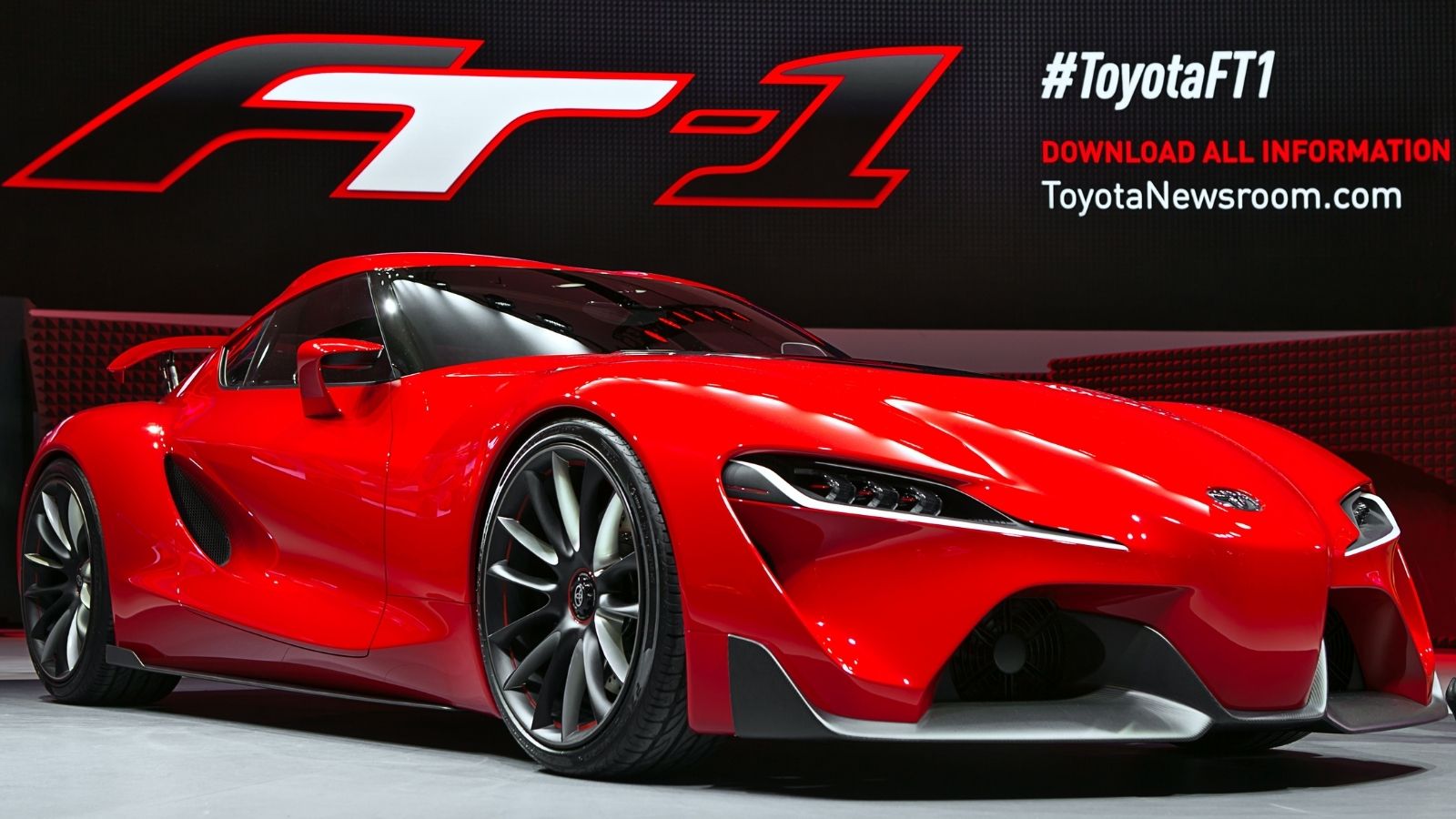
While rare, there have been reports of Toyota paint chipping or peeling, particularly on lighter colors and older models. In areas with harsh sun or road salt, this can accelerate. It’s worth inspecting paint thickness and clear coat health before purchase.
29. Customer Loyalty May Not Mean Satisfaction
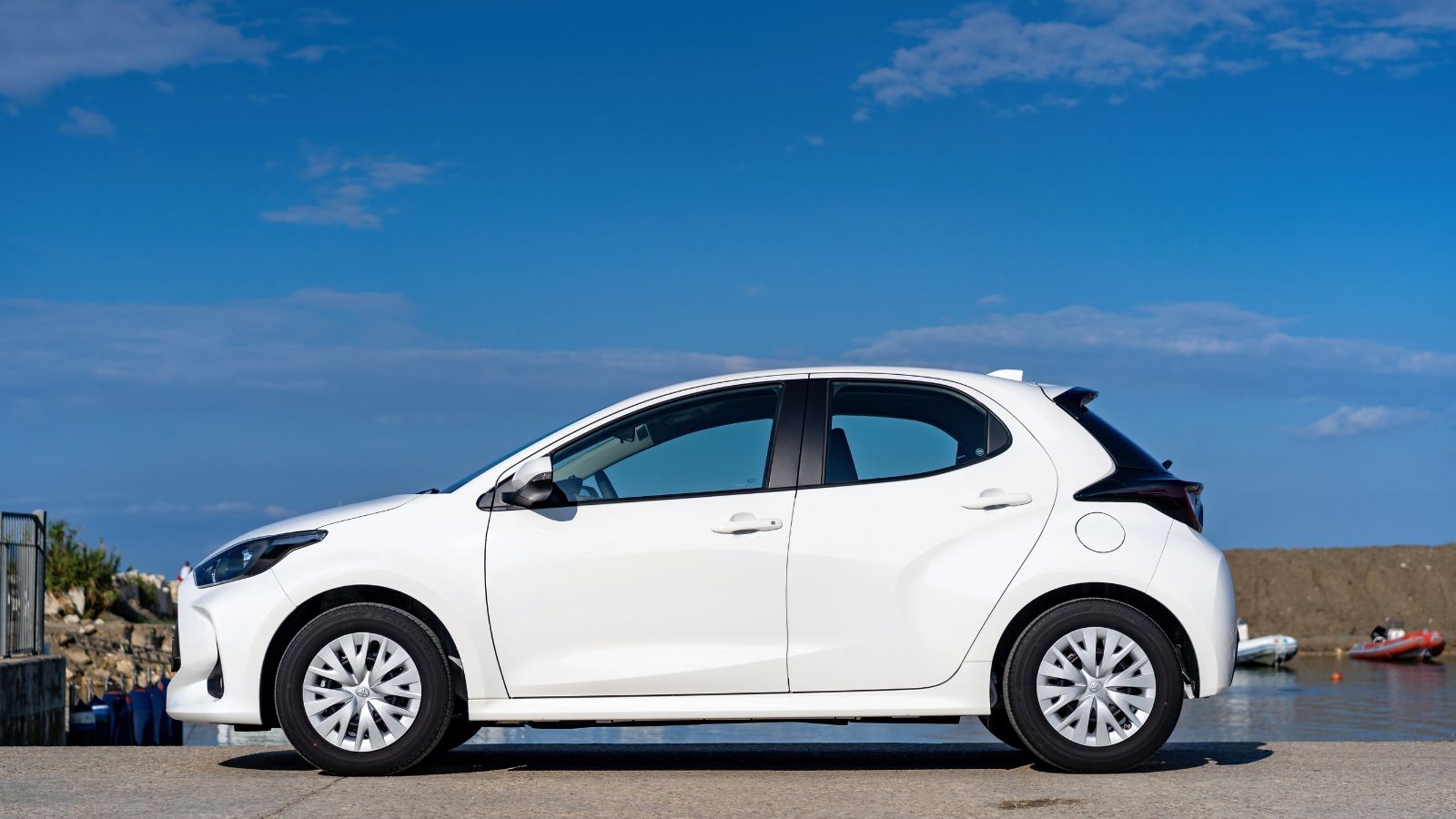
Toyota enjoys fierce brand loyalty, but that doesn’t mean customers are always thrilled. Some stick with Toyota out of habit, but when they venture to Mazda, Hyundai, or even Ford, they often report being surprised at how much better the competition has become.
You Might Get Out-Toyotad by the Competition

The real issue? Toyota is no longer the clear leader. Hyundai packs in more tech. Mazda offers a more premium feel. Kia has become bold and adventurous. Even Honda has stepped up its game. If you haven’t cross-shopped lately, you might be leaving a better option on the table.
25 Facts About Car Loans That Most Drivers Don’t Realize

Car loans are one of the most common ways people fund car purchases. Like any other kind of loan, car loans can have certain features that can be regarded as an advantage or a disadvantage to the borrower. Understanding all essential facts about car loans and how they work to ensure that you get the best deal for your financial situation is essential. Here are 25 shocking facts about car loans that most drivers don’t realize:
25 Facts About Car Loans That Most Drivers Don’t Realize
